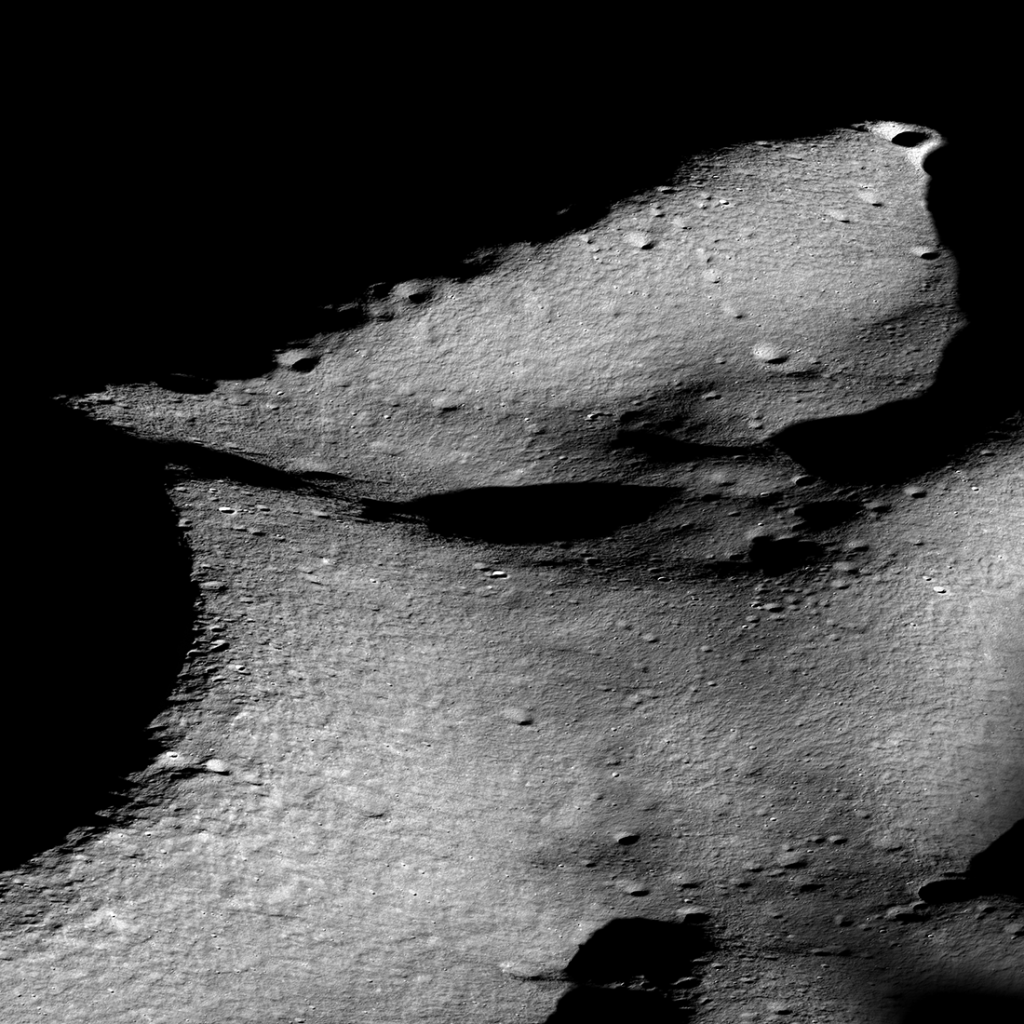
Artemis Science
A future of deep space scientific discovery awaits at the Moon.
A Time Capsule
The Moon is a 4.5-billion-year-old time capsule, pristinely preserved by the cold vacuum of space. It is a witness to billions of years of solar activity and large collisions that allowed life to gain a foothold in the solar system.
The Moon holds clues to the evolution of Earth, the planets, the Sun, and even cosmic rays from across the galaxy.
The lunar South Pole is home to some of the oldest parts of the Moon, estimated to be 3.85 million years or older, and includes the margins of the largest and oldest impact basin in the solar system, South-Pole Aitken Basin.
Science, Delivered
Through NASA's Commercial Lunar Payload Services initiative, the agency is acquiring services from a provider pool of U.S. companies to deliver payloads to the lunar surface.

Polar Resources Ice Mining Experiment-1 (PRIME-1)
PRIME-1 will be the first in-situ resource utilization demonstration on the Moon.
Lunar Science Leads for Artemis III, Artemis IV Missions
NASA has appointed Dr. Noah Petro and Dr. Barbara Cohen to coordinate the lunar science teams supporting the first and second crewed lunar landing missions in more than 50 years.
Petro and Cohen will coordinate and support the work of the various components of the Artemis science team, which includes the Artemis internal science team, the competed geology teams, participating scientists, and the payload teams, as well as provide a voice for the entire science team with the missions’ operations teams.
Learn More about Lunar Science Leads for Artemis III, Artemis IV Missions
Moon’s South Pole is Full of Mystery, Science, Intrigue
Lee esta historia en español aquí. NASA has its sights set on the lunar South Pole area for the Artemis era…
Read the Story
































